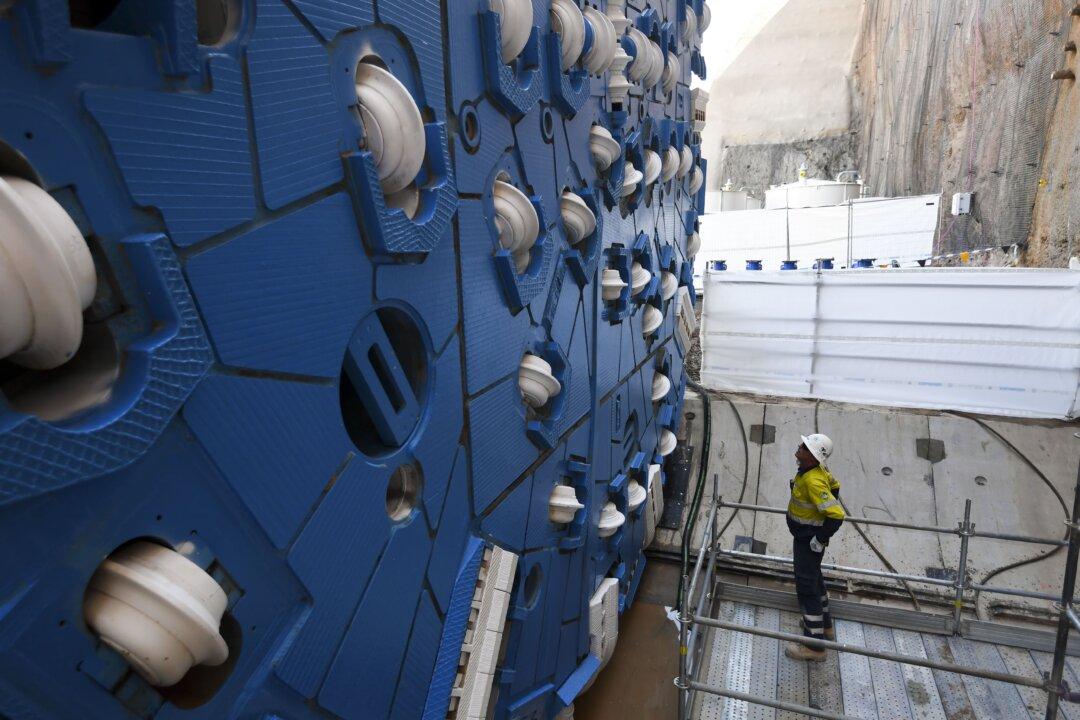Australia’s largest renewable energy project, Snowy Hydro 2.0, has been hit by another delay pushing out its timeline by another one to two years.
Dennis Barnes, the CEO and managing director of Snowy Hydro 2.0 has provided an update on the progress of the multi-billion dollar project, whose completion date has been extended several times.





